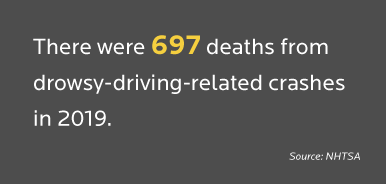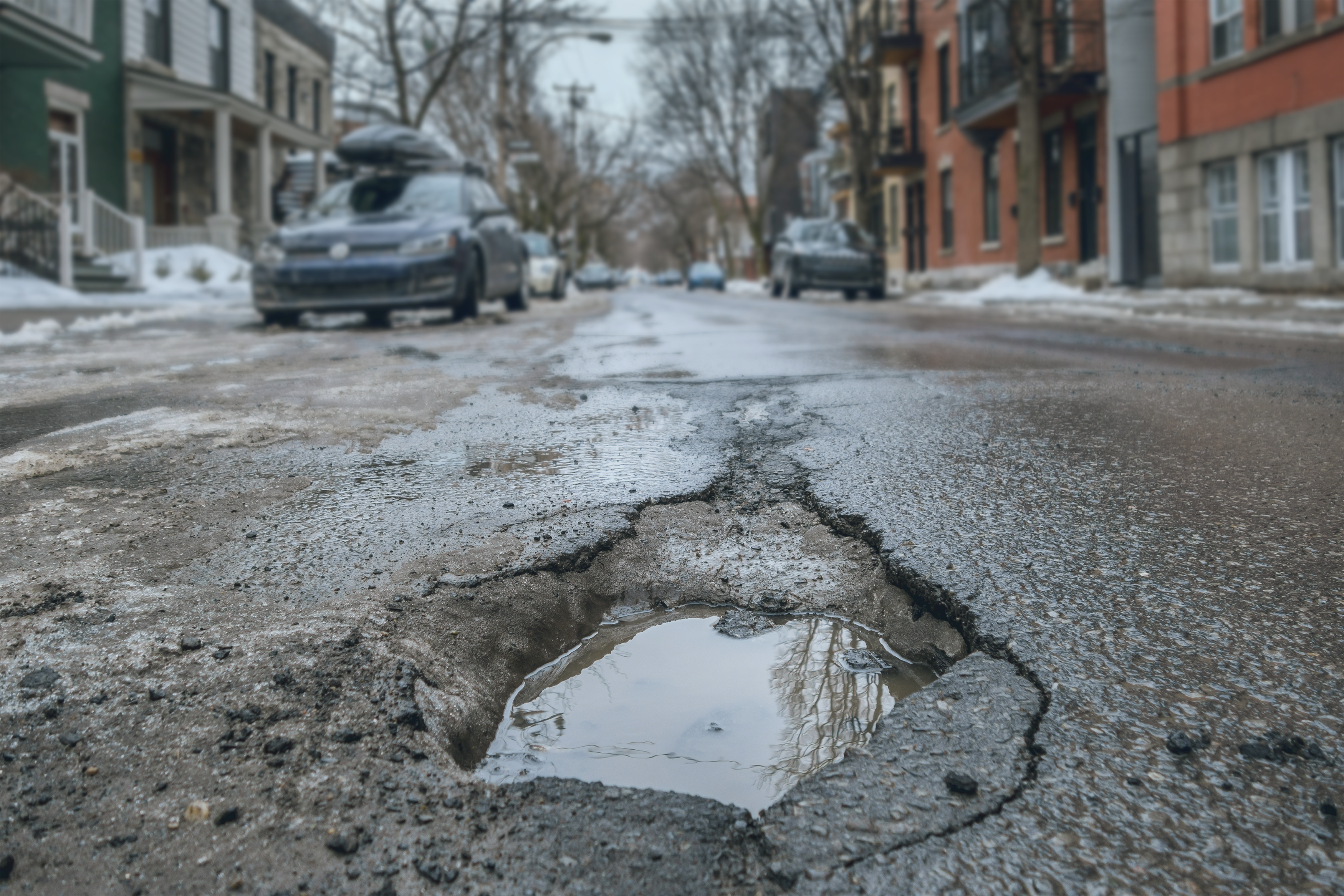5 Ways to Keep from Driving Drowsy
Drowsiness and fatigue affect a wide range of people, including young people (18 – 29), students, parents of young children, shift workers, those with health issues, and people who drive between midnight and six in the morning. Driving long distances without taking rest breaks, driving alone, or traveling frequently for work are all situations that can cause drowsiness. Avoiding these situations as much as possible can help reduce the risk of drowsy driving.

Here are a few ways to prevent drowsiness with driving:
- Get adequate sleep on a daily basis – about seven to eight hours of sleep per night
- Take long trips with a companion to keep you awake and to look for signs of drowsiness
- Stop to take breaks during long trips every two hours or 100 mile
- Do not drink alcohol if you feel fatigued, because it can increase the effects of sleepiness
- Visit a physician or sleep disorders center if you frequently have difficulty sleeping at night or often suffer from daytime drowsiness
Sometimes drowsiness doesn’t appear until you are already driving, which can cause some serious problems. The good news is you can reduce the chance of falling asleep at the wheel. First, it’s important to look for warning signs of fatigue, including drifting out of your lane, hitting a rumble strip, yawning repeatedly, having difficulty focusing, and missing traffic signs. Instead of relying on an open window or the radio to keep you awake, the Minnesota Safety Council says to find a safe place where you can stop for a short break. If you’re tired, it’s best to take a quick nap (between 15 and 45 minutes) or to drink coffee. If you choose coffee or another form of energy drink it will take approximately 30 minutes for the caffeine to take effect. Drive with caution once you’re back on the road.
Source: Minnesota Safety Council








